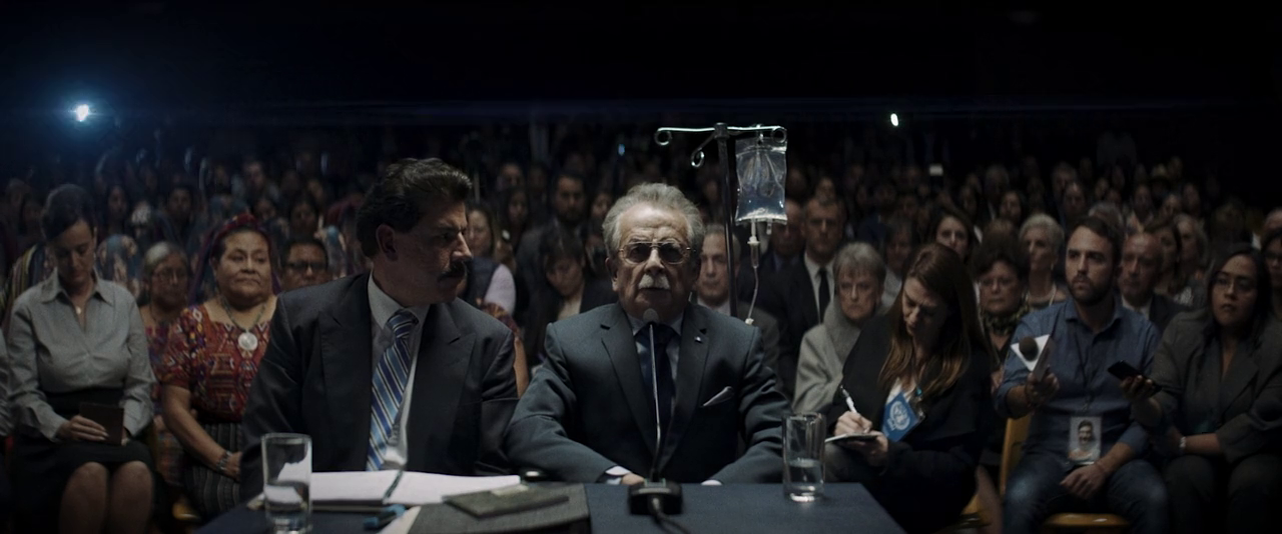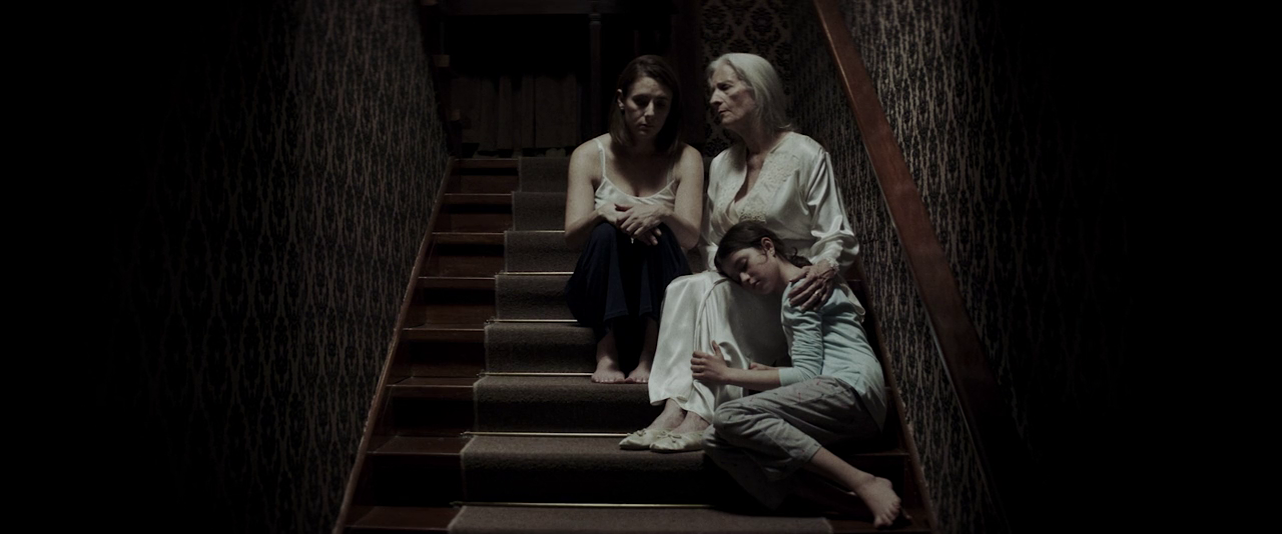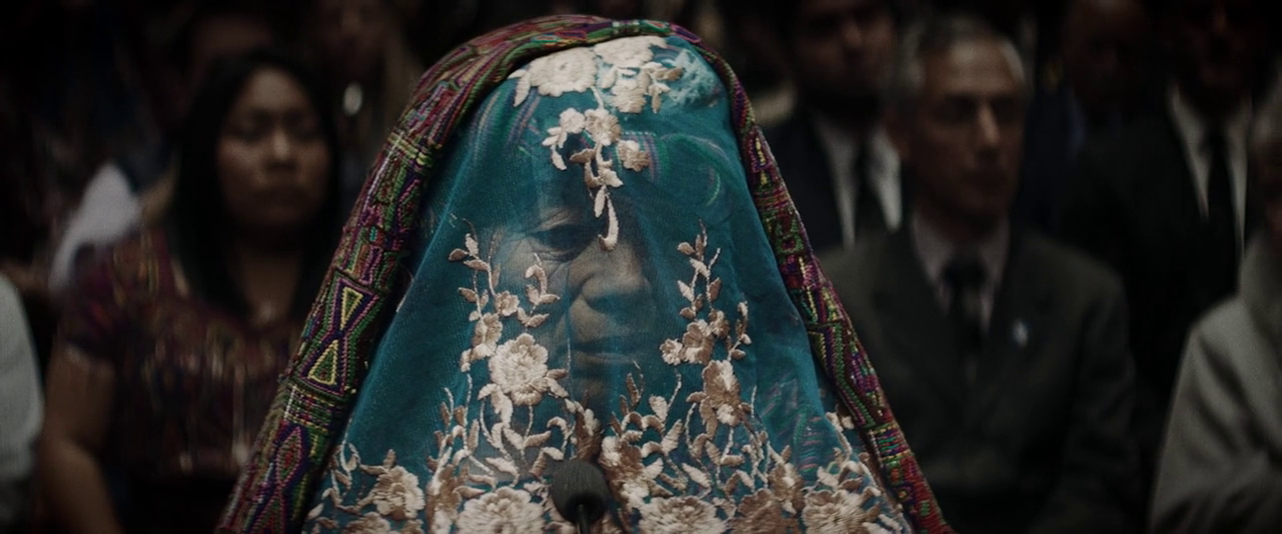‘La Llorona’ is a Guatemalan horror film that chronicles the events surrounding General Enrique Monteverde as he and his family are plagued by a series of increasingly strange and disturbing occurrences. Directed by Jayro Bustamante, political tensions around the cost of war create the backdrop of the 2019 film and elevate it from a standard horror film, making the audience pause and consider the grave issues being spoken about throughout the narrative. Because of the gravity of these issues, one can’t help but wonder whether the film is based on a true incident.
La Llorona is a Fictional Story
No, ‘La Llorona’ is not based on a true story. It is driven by an original script penned by Jayro Bustamante and Lisandro Sanchez. However, the historical and political aspects that are talked about in the film are based on reality. Enrique Monteverde (Julio Díaz) is a former military dictator who is put on trial for atrocities committed against Guatemala’s Maya communities. When he is exonerated of the charges against him, there is considerable unrest in the public, who gather outside the Monteverde residence in protest.

Although fictional – with the aging and sickly general hearing the sound of weeping at night, faucets turning on inexplicably, and disturbing dreams – the true events which the horror film is a commentary on paint a far more terrifying picture than ‘La Llorona’ ever could. The film is grounded in a specific social and political setting; the character of Enrique Monteverde and his trial is inspired by the real-life indictment of the authoritarian Efraín Ríos Montt for alleged crimes against humanity, for which he was never convicted.
In an interview with Watch or Pass, director Jayro Bustamante explains how through ‘La Llorona’ he wanted to address the othering and discrimination perpetuated by the people of Guatemala against those who would speak for or in defense of the indigenous Maya community and the atrocities committed against them. He also said that the film is a way for him to educate the young generation of Guatemalans about this very recent facet of their country’s history because nobody else is comfortable teaching them about it.
“When we watch horror films…we are more open to accept very hard things coming to us,” said the director. In ‘La Llorona,’ themes such as cruelty towards other women, racism, and dismissal of the words of the minority as lies are touched upon through the actions of not only Enrique but his wife, Carmen (Margarita Kenéfic), and daughter Natalia (Sabrina De La Hoz), as well. Little details flesh out their characters and make the audience unsympathetic towards them — Carmen laughing in the background when Enrique is exonerated, the family sunbathing in a walled garden as protesters chant outside.
The film’s re-imagination of a figure deeply rooted in folklore by placing it within the context of the massacres of indigenous tribes in Guatemala adds to the careful storytelling in the film. “The legend of La Llorona, if you know a little bit, the classic one, La Llorona is very machis [machismo]…It’s a woman who is weeping because a man quit her. And we were wondering maybe, maybe La Llorona can cry because a most important or relevant thing like a genocide in a people,” the director added, explaining how the legend of La Llorona is very misogynistic and why he had picked it to create the film.

‘La Llorona’ relies on its slow build-up about a family and the weight of their sins to create a sense of dread in the viewers rather than stereotypical jump scares. When the otherworldly aspects in the film start to manifest themselves in obvious ways, the build-up thus far acts as a catalyst for the terror felt by both the characters and the audience. ‘La Llorona’ is a perfect example of how a character-driven narrative and restraint can create a horror that’s truly effective despite a predictable story.
Read More: Movies Like The Curse of La Llorona


You must be logged in to post a comment.